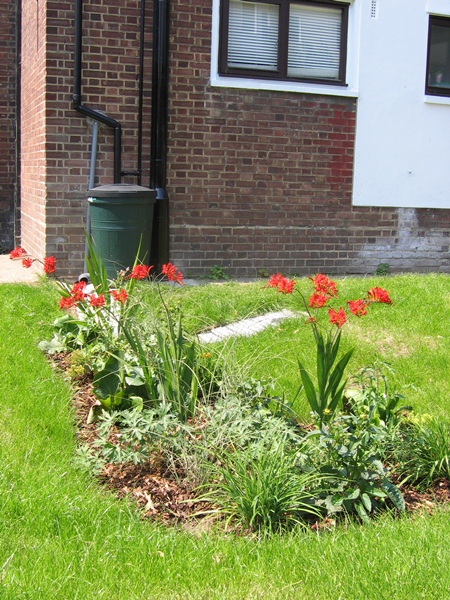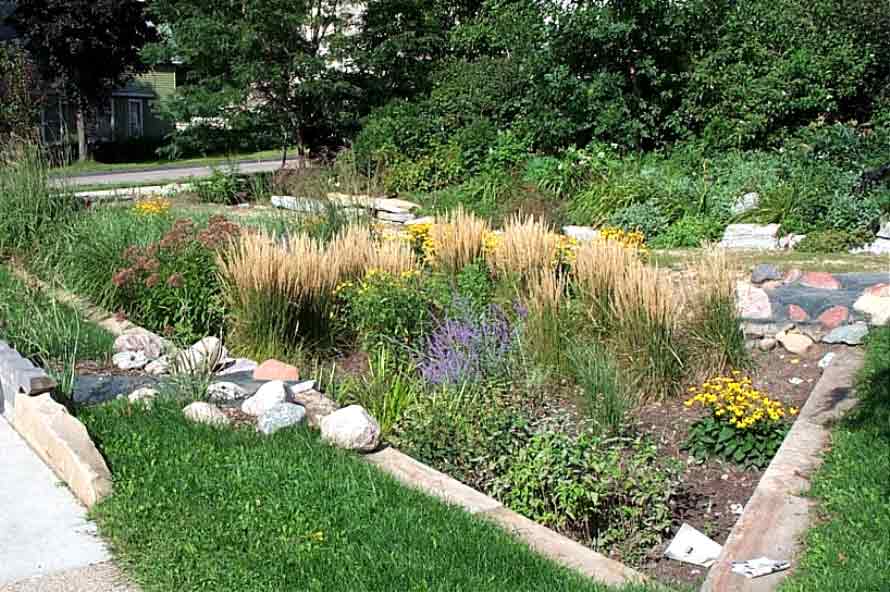what is a rain garden definition
Rain gardens also called bioretention facilities are one of a variety of practices designed to increase rain runoff reabsorption by the soil. If it is the site is probably.

I N Inula Inula Magnifica Plants Pond Plants Rain Garden Design
Rain gardens provide a number of benefits.
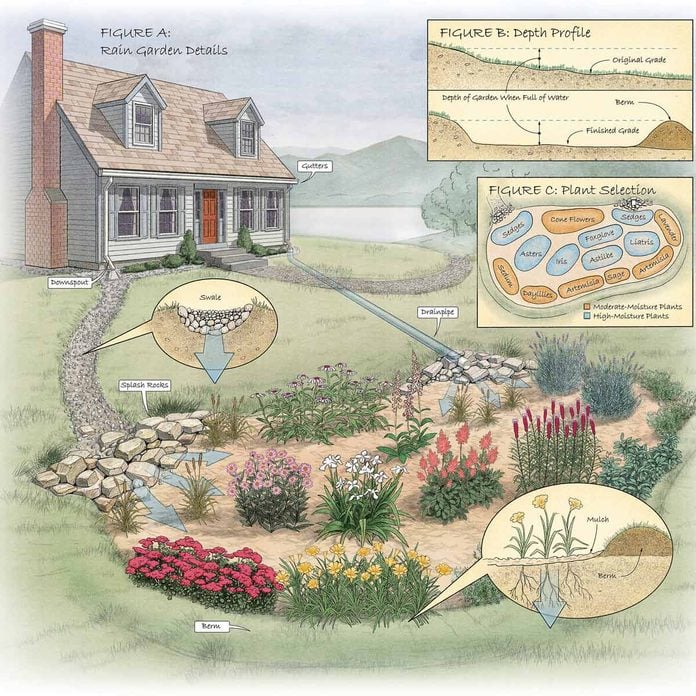
. Locate rain gardens a minimum 305 m from wells 3 m downslope of building. It is designed to temporarily hold and soak in rain water runoff that flows from roofs driveways patios or lawns. Rain gardens are shallow constructed depressions that are planted with deep-rooted native plants and grasses.
A rain garden is a garden of native shrubs perennials and flowers planted in a small depression which is generally formed on a natural slope. Wait 24 hours to see if the water is gone. Put simply a rain garden is a shallow area of ground or dip which receives run-off from roofs and other hard surfaces.
A rain garden is at its core a garden that collects rainwater holds it for a limited amount of. Optimum rain garden size is about 50 sqm. A rain garden is purposefully situated at a relatively lower spot on a property so it can receive runoff after it rains.
It is designed to temporarily hold and soak in. Rain garden areas of about 10-20 of upstream impervious area are recommended. Different siting applications Take water from.
It is planted with plants that can stand waterlogging for up to 48 hours at a time. Protecting communities from drainage problems and flooding. More drought-tolerant plants are used towards the edges.
Information and translations of Rain garden in the most comprehensive. A rain garden is a bowl-shaped depression designed as a garden to capture hold and absorb rainwater. It collects rainwater from impervious surfaces like roofs pavements driveways patios parking lots or waterlogged yards allowing the water to.
Filtering rainwater run-off before it reaches stormwater sewers and waterways. Roof when multiplied by 7 per-cent would call for a rain garden 140 sqft. A rain garden is a garden of native shrubs perennials and flowers planted in a small depression which is generally formed on a natural slope.
For example a 2000 sqft. Prevent rainwater run-off from entering the stormwater sewer system. For best infiltration the bottom of the rain garden should be level.
Smaller distributed rain gardens are better than single large scale facilities. The depth may vary from 4 to 10 inches. Determine a length and width of the rain garden that best fits the site.
A rain garden is a garden planted in a hole or depression that receives its water from the rain runoff of buildings roadways sidewalks or other nearby impervious structures. A rain garden is a garden planted in a hole or depression that receives its water from the rain runoff of buildings roadways sidewalks or other nearby impervious structures. Use a special.
They can be built at several scales and one may be just right for your home or neighborhood. Rain gardens also conserve water reducing the need for irrigation. In size or 14long by 10wide.
There is a growing national trend by municipalities and homeowners to incorporate natural processes such as rain gardens to help relieve flooding. The next step in rain garden design is to dig out your rain garden. Ar a i n.
They can also be used to treat polluted stormwater runoff. Definition of Rain Gardens. A rain garden is a landscaped shallow depression planted with native plants that captures temporarily holds and filters storm water back into the ground preventing it from running off and ultimately reaching nearby streams rivers and ponds.
A rain garden is a planted shallow depression in the landscape that collects and soaks up rainwater runoff from paved areas roofs and the surrounding landscapes. A rain garden is a planted depression that allows rainwater runoff from impervious urban areas like roofs driveways walkways parking lots and compacted lawn areas the opportunity to be absorbed. Rain Garden Network promotes the use of shallow depressions dug to a depth of 5 to 7 because it is easier for the homeowner or school kids to tackle.
The middle zone will have water up to a few inches but will drain more quickly. Construction can begin once garden size shape location and plants have been decided. The idea of renting heavy equipment and hiring a professional landscaping crew to prepare you garden tends to that the fun and community out of the project.
The rain garden can be designed in a three zone approach. Rain garden instructions normally suggest making it between 4 and 10 inches 10-25 cm deep. A rain garden is a beautiful and effective way to clean polluted stormwater runoff.
Storm water fills the depression and then drains. A rain garden during the winter. By giving rainwater a place to go this kind of garden reduces erosion from rainwater runoff and it significantly reduces or eliminates the need to water the plants.
Definition of Rain Gardens. Meaning of Rain garden. The size of your rain garden is entirely up to you but the larger a rain garden is the more runoff water it can hold and the more space for different rain garden plants you will have.
In spring cut the foliage back to allow for new growth. The lowest zone is the area that will hold water the most often. Garden Depth Atypical rain garden is between four and eight inches deep.
Definition of Rain Gardens. Of impervious area. Creating natural wildlife habitats.
Rain gardens are designed landscape sites that reduce the flow rate total quantity and pollutant load of. Can be shaped and sized to fit your yard. 82 rows Building and planting.
Home-scale not typically engineered use existing soils CRMC and RIDEM small site guidance Wisconsin design manual UConn design manual Rutgers design manual. Rain gardens are a beautiful and colorful way for homeowners businesses and municipalities to help ease storm water problems. Lay out a rope or hose in the desired shape to use as a guide for digging.
The soil cleans the water of pollutants before it enters the storm drain and empties. Rain gardens are effective in removing up to 90 of nutrients and chemicals and up to. A rain garden acts like a miniature native forest by collecting absorbing and filtering stormwater runoff from roof tops driveways patios and other areas that dont allow water to soak in.
The upper zone is the transition zone between your rain garden and your non-garden area. Rain gardens slow the flow of rainwater from roofs sidewalks streets parking lots and other impervious surfaces allowing the water to penetrate the soil.

Green Infrastructure Rain Gardens Thewatershed Org

Rain Gardens Wet Spots And The Native Plants That Love Em Native Plants Plants Rain Garden

Alfa Tamfal Rain Garden Hardscape Landscaping A Slope
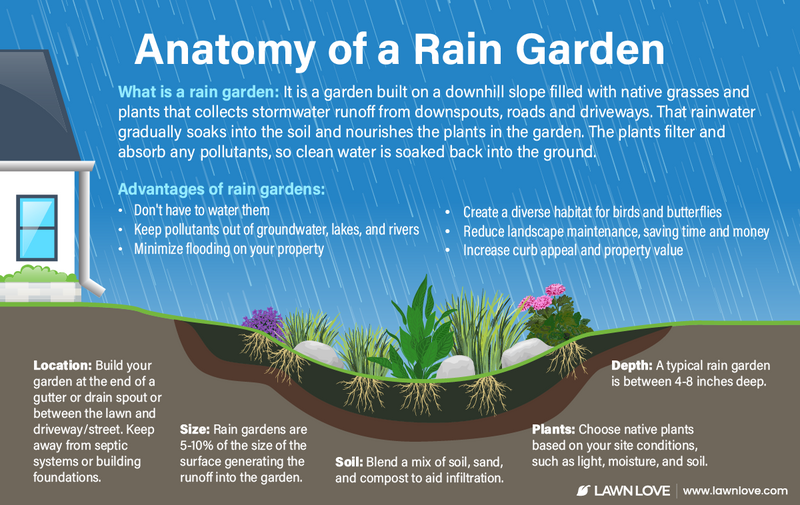
12 Benefits Of A Rain Garden Lawn Care Blog Lawn Love
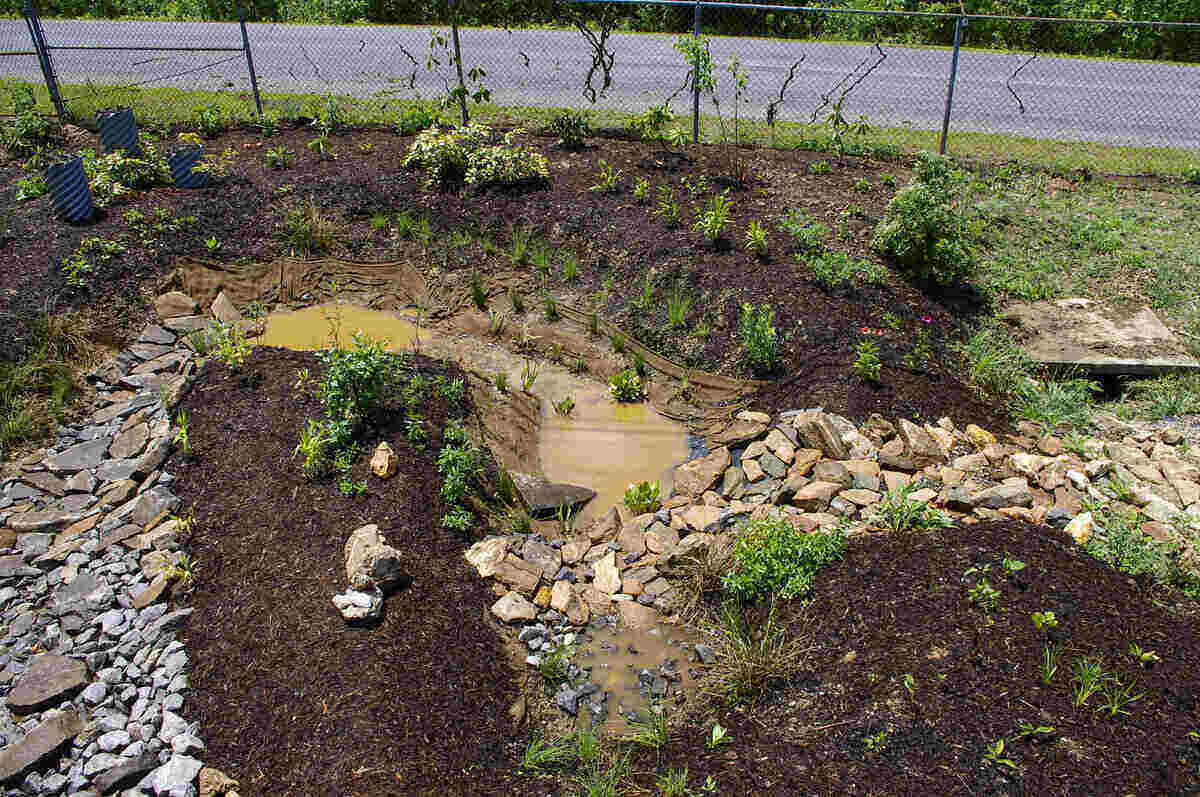
12 Benefits Of A Rain Garden Lawn Care Blog Lawn Love
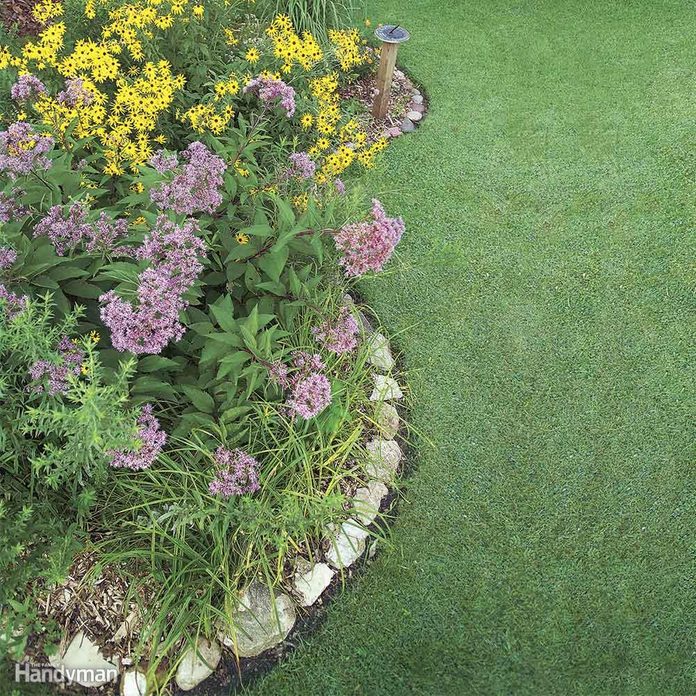
How To Build A Rain Garden In Your Yard Diy

The Rain Garden Oregon Convention Center Expansion Mayer Reed Rain Garden Oregon Garden Landscape Design

Hampstead Terra Cotta Plant Surround 18 Gardener S Supply In 2022 Garden Edging Garden Supplies Dig Gardens
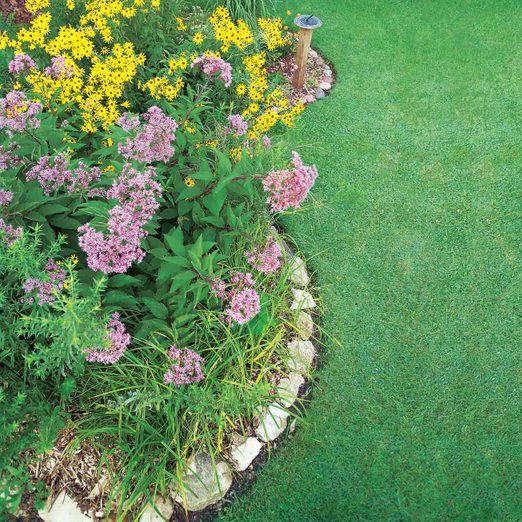
How To Build A Rain Garden In Your Yard Diy
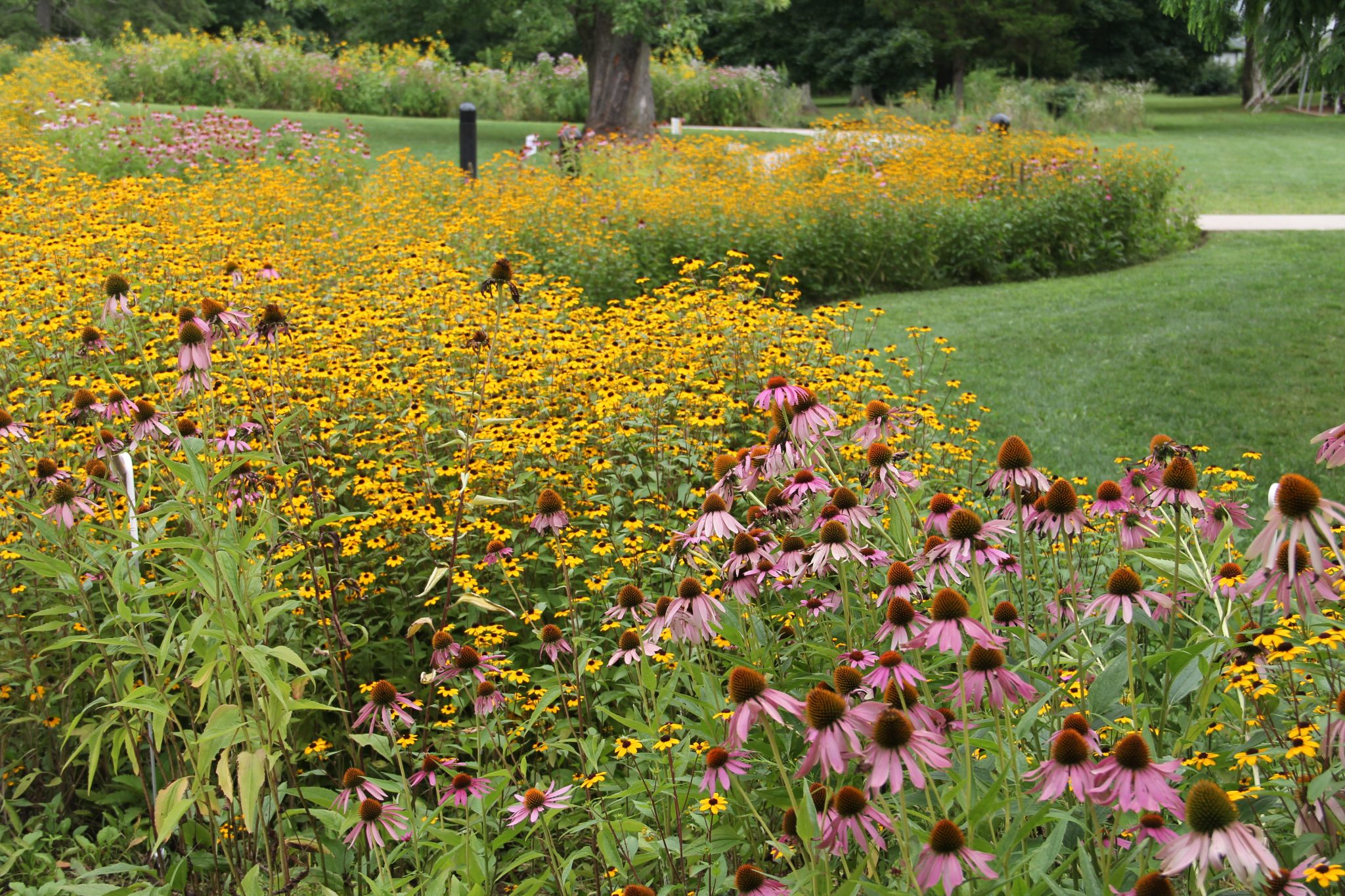
Green Infrastructure Rain Gardens Thewatershed Org

How To Build A Rain Garden In Your Yard Diy
Rain Gardens Everett Wa Official Website

Rain Gardens Design And Installation Extension
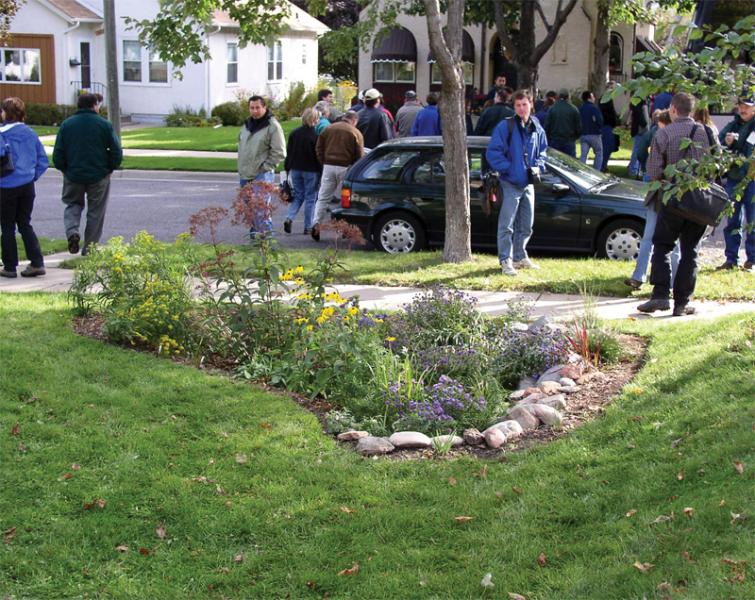
Rain Gardens Design And Installation Extension

103rd Street Community Garden Scape Rain Garden Design Community Gardening Green Roof Garden
